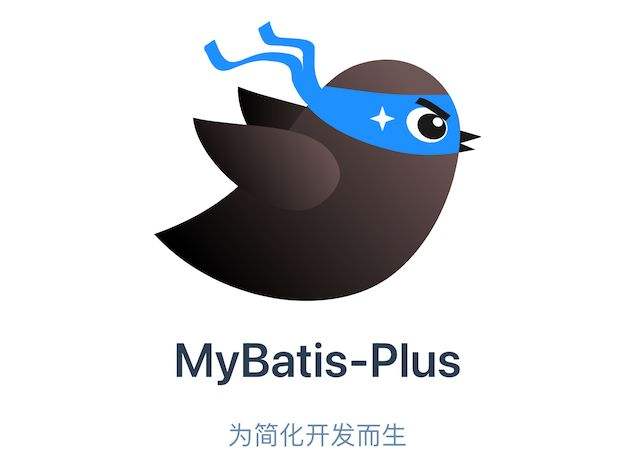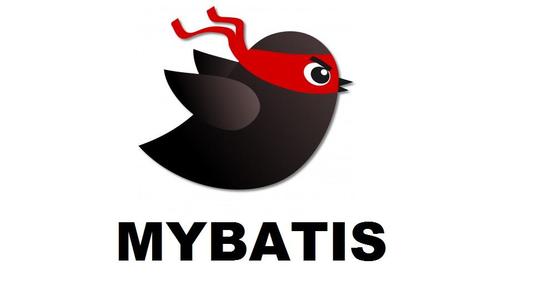Spring MVC原理学习笔记
学习来源:黑马程序员
学习时间:2023年11月4日

1 DispatcherServlet
1.1 初始化时机
代码准备
参见:[[Spring原理#2.2.4 AnnotationConfigServletWebServerApplicationContext]]
1
2
3
4
5
6
7
| @Slf4j
public class A20 {
public static void main(String[] args) {
AnnotationConfigServletWebServerApplicationContext context =
new AnnotationConfigServletWebServerApplicationContext(WebConfig.class);
}
}
|
1
2
3
4
5
6
7
8
9
10
11
12
13
14
15
16
17
18
19
20
21
22
23
24
25
| @Configuration
@ComponentScan
public class WebConfig {
@Bean
public TomcatServletWebServerFactory tomcatServletWebServerFactory() {
return new TomcatServletWebServerFactory(9090);
}
@Bean
public DispatcherServlet dispatcherServlet() {
return new DispatcherServlet();
}
@Bean
public DispatcherServletRegistrationBean dispatcherServletRegistrationBean(DispatcherServlet dispatcherServlet) {
return new DispatcherServletRegistrationBean(dispatcherServlet, "/");
}
}
|
默认情况下,DispatcherServlet在接收到第一次请求时进行初始化操作,实际上是调用到了下面的onRefresh方法:
1
2
3
4
|
protected void onRefresh(ApplicationContext context) {
this.initStrategies(context);
}
|


访问时,打印日志:

可以设置为当Tomcat启动时就初始化DispatcherServlet:
1
2
3
4
5
6
7
8
9
| @Bean
public DispatcherServletRegistrationBean dispatcherServletRegistrationBean(DispatcherServlet dispatcherServlet) {
DispatcherServletRegistrationBean registrationBean = new DispatcherServletRegistrationBean(dispatcherServlet, "/");
registrationBean.setLoadOnStartup(1);
return registrationBean;
}
|
打印结果:

1.2 初始化方法
初始化方法:
1
2
3
4
|
protected void onRefresh(ApplicationContext context) {
this.initStrategies(context);
}
|
onRefresh又调用了initStrategies:
1
2
3
4
5
6
7
8
9
10
11
12
13
14
15
|
protected void initStrategies(ApplicationContext context) {
this.initMultipartResolver(context);
this.initLocaleResolver(context);
this.initThemeResolver(context);
this.initHandlerMappings(context);
this.initHandlerAdapters(context);
this.initHandlerExceptionResolvers(context);
this.initRequestToViewNameTranslator(context);
this.initViewResolvers(context);
this.initFlashMapManager(context);
}
|
注意:初始化时,这些默认添加组件不会作为bean,不会出现在容器里。
1.3 RequestMappingHandlerMapping
- RequestMappingHandlerMapping,中文翻译为处理器映射器。
- 作用:解析
@RequestMapping注解及其派生注解(例如@GetMapping,@PostMapping),生成路径与控制器方法的映射关系
- 映射关系的生成时机:
DispatcherServlet初始化时,即执行onRefresh方法时。
- 映射关系由一个Map存储,键为请求方法,值为请求路径
代码演示
1
2
3
4
5
6
7
8
9
10
11
12
13
14
15
16
17
18
19
20
21
22
23
24
25
26
27
28
| @Slf4j
@Controller
public class Controller1 {
@GetMapping("/test1")
public ModelAndView test1() {
log.debug("test1()");
return null;
}
@PostMapping("/test2")
public ModelAndView test2(@RequestParam("name") String name) {
log.debug("test2({})", name);
return null;
}
@PutMapping("/test3")
public ModelAndView test3(@Token String token) {
log.debug("test3({})", token);
return null;
}
@RequestMapping("/test4.yml")
@Yml
public User1 test4() {
log.debug("test4()");
return new User1("Hongyi", 23);
}
}
|
1
2
3
4
5
6
7
8
9
10
11
12
13
14
15
16
17
18
19
20
| @Slf4j
public class A20 {
public static void main(String[] args) throws Exception {
AnnotationConfigServletWebServerApplicationContext context =
new AnnotationConfigServletWebServerApplicationContext(WebConfig.class);
RequestMappingHandlerMapping handlerMapping = context.getBean(RequestMappingHandlerMapping.class);
Map<RequestMappingInfo, HandlerMethod> handlerMethods = handlerMapping.getHandlerMethods();
handlerMethods.forEach((k, v) -> {
System.out.println(k + "=" + v);
});
HandlerExecutionChain chain = handlerMapping.getHandler(new MockHttpServletRequest("GET", "/test1"));
System.out.println(chain);
}
}
|
打印结果:

1.4
版权声明: 此文章版权归Kisugi Takumi所有,如有转载,请注明来自原作者










